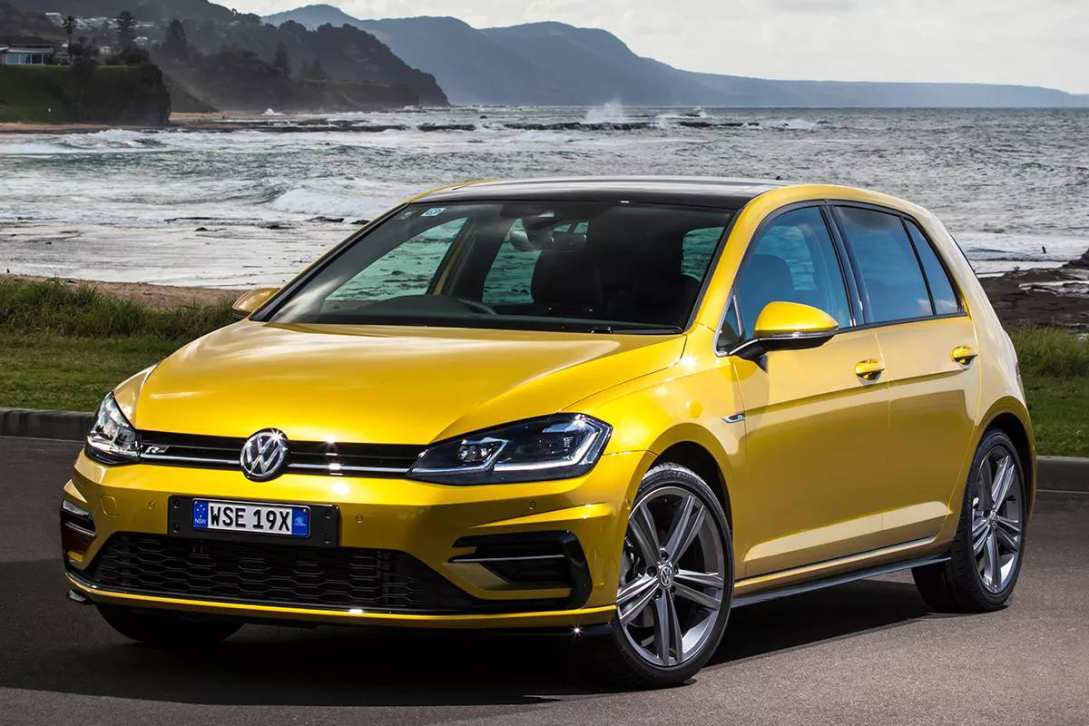Hyundai aims to build on Down Under success with sleek i30.
The hatchback spearheading Hyundai's relentless rise on the sales charts will look much sharper by the middle of next year. Korea's biggest car brand revealed its new i30 in Frankfurt this week, six months before it arrives in showrooms.
Designed in Germany, the i30 has European good looks.
Hyundai has a firm grip on third place in Australia this year, behind Toyota and Mazda. The i30 is easily the brand's most popular car, selling at more than twice the rate of its second best seller in Australia, the Tucson medium-size SUV.
In the first half of 2016 the i30 was a regular at the top of monthly sales tallies, though this was thanks to bargain drive-away deals since ended.
The current i30's obviously Asian look hasn't stood in the way of acceptance by Australians but this isn't the case everywhere.
With the model unveiled in Frankfurt, Hyundai is aiming for Down Under-style sales success in Europe.
"The new generation i30 is the most important car for Hyundai in Europe, supporting our objective to become No.1 Asian automotive brand," says Hyundai Motor Europe chief operating officer Thomas Schmid.
A Hyundai factory in the Czech Republic will manufacture the i30 for sale in neighbouring nations. Those bound for showrooms in Australia will be made, as before, in Korea.
Styling will be the same but there will be major differences under the skin. In Australia, the new model will have mostly bigger engines and, in some examples, a cheaper rear suspension set-up.
With the local launch of the i30 still months away, Hyundai Australia isn't divulging every detail of technical specification but has made some of the big decisions.
The new base model will ditch the current car's 1.8-litre engine in favour of a more powerful 2.0-litre non-turbo four-cylinder.
It will have a simple, semi-independent torsion-beam rear suspension, which will help keep the price low.
Hyundai needs to leave room for its first truly hot hatch, the i30 N series being developed by its new performance car division.
All versions of the i30 in Europe will have a more expensive — and probably smoother riding — independent multi-link set-up.
The semi-sporty SR grade, to continue with the next i30, will come equipped with Euro-style rear suspension, while Hyundai's new 1.6-litre turbo four will take the place of the current 2.0.
Expect the smaller engine to deliver more power. But not too much more; Hyundai needs to leave room for its first truly hot hatch, the i30 N series being developed by its new performance car division.
In the SR, the auto option will be a seven-speed double-clutch, replacing the current conventional six-speed.
An updated version of Hyundai's 1.6-litre turbo diesel four will continue in the new i30, teamed as before with a seven-speed dual-clutch transmission.
Hyundai Australia says the new i30 will have suspension and steering specially tuned for our road conditions, thanks to outback development testing that began in January.
In all markets around the world the i30 will be the car that introduces Hyundai's next generation of multimedia tech. In Australia, as in Europe, it will incorporate satnav, Apple CarPlay and Android Auto.
The i30 is also likely to feature European-level advanced safety features, at least in the upper model grades.
Autonomous emergency braking is the most important item on the menu here. This technology uses sensors to scan the road ahead, automatically slamming on the brakes to avoid, or lessen the severity of, an impact.
Other technologies that can be built into the i30 include radar-based active cruise control, driver fatigue monitoring, blind spot detector and rear cross-traffic alert.
The big question is how much of this technology will be available on cheaper models.
In the past Hyundai has kept hi-tech safety items for top-of-the-range models but, with rivals increasingly fitting the tech as standard or an affordable option, it may be time for a rethink.
Hyundai hasn't neglected passive safety. The new i30's body features a higher percentage of advanced steel for added stiffness and impact absorption. And, at least in Europe, seven airbags will be standard across the range.
Prices? Yet to be fixed, but don't expect any startling rises. "We will target a competitive price-to-value ratio on all trim levels," is the official Hyundai Australia line.





.jpg)
.jpg)



.jpg)
.jpg)
.jpg)


.jpg)

.jpg)
.jpg)
.jpg)








Comments